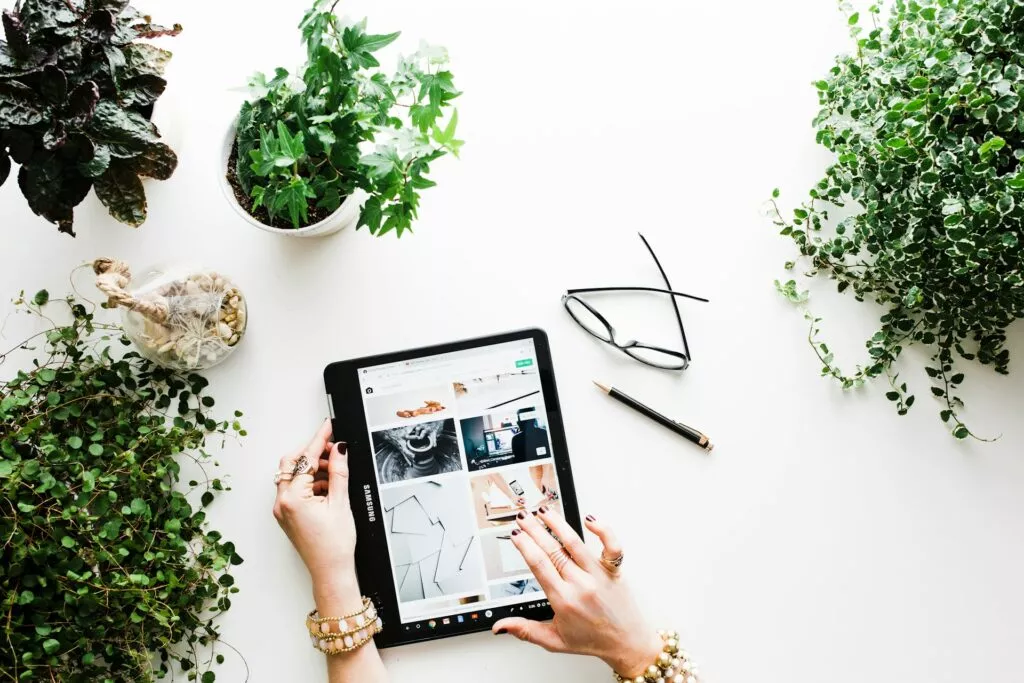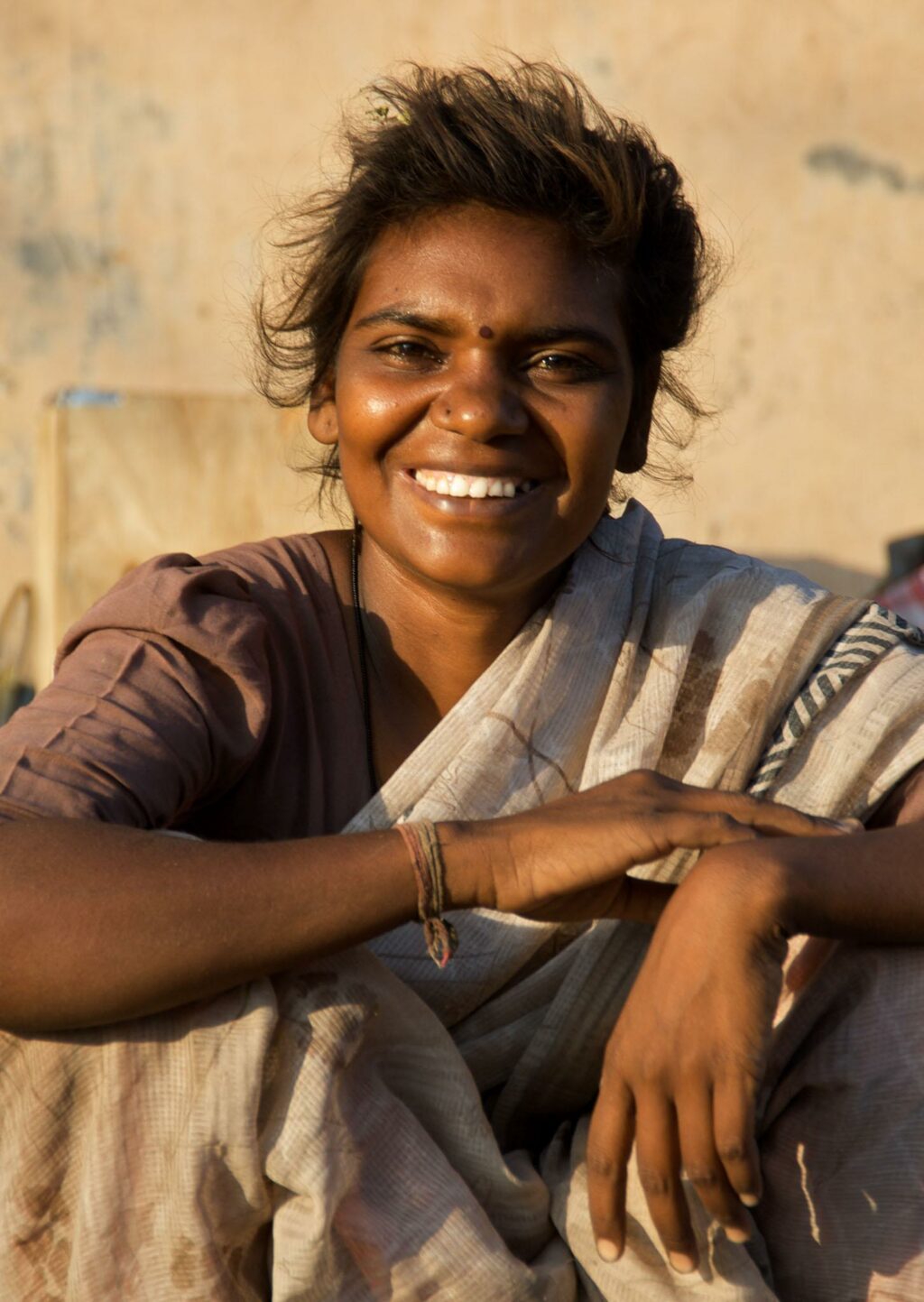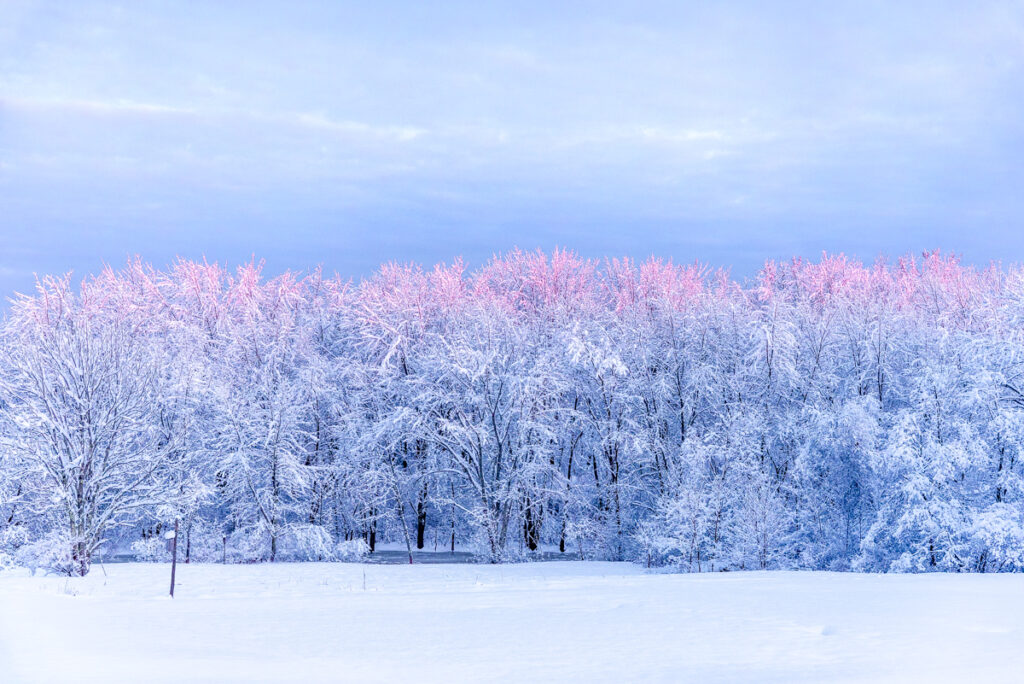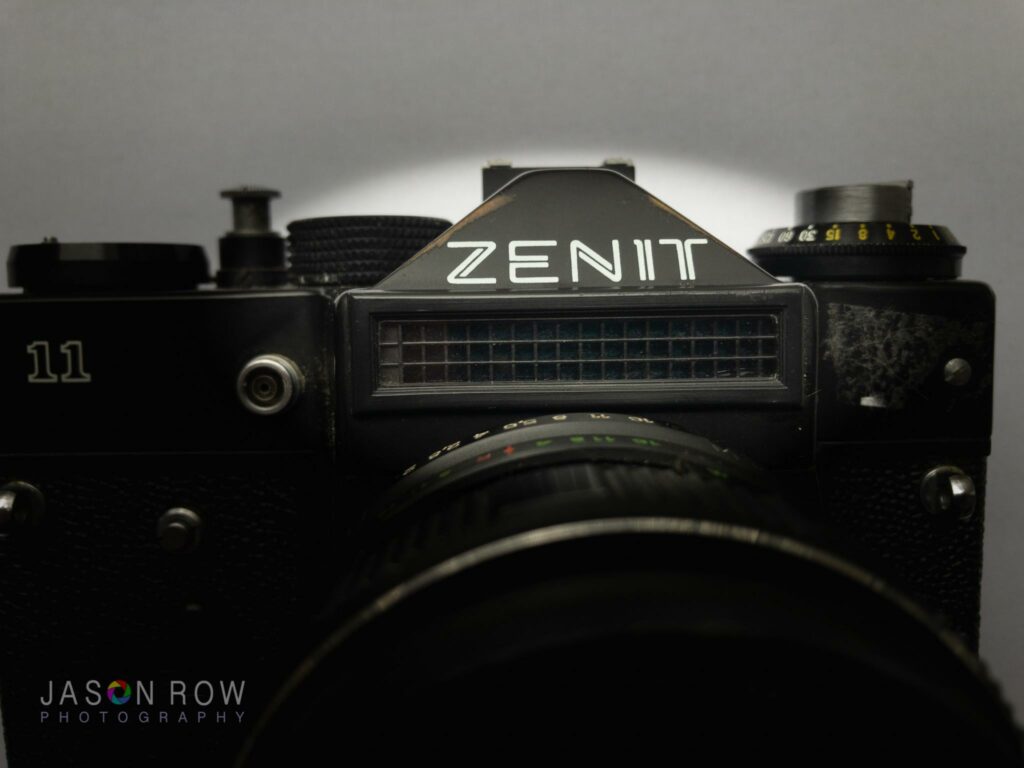One skill that even the best photographers often lack is that of editing, or more precisely, editing your own photography.
This isn’t editing that has anything to do with post-processing in Photoshop. The kind of editing I’m referring to here deals with the decisions you make as someone who works with a visual medium.
How do you choose what photos to show on social media, on your website, in a book or wherever else your work might appear?
Self-editing is a daunting task primarily because everyone is emotionally connected to their own work, but the reality is that there’s a big difference between your favorite photos and your best photos. You could hire someone to do it for you, but let’s assume that’s not in your budget.
Learning to curate your own work is a major challenge, but it is possible and it’s a skill worth acquiring.
These 5 tips will help you successfully edit your own photos.
Learn By Example
Countless other collections have been curated before you ever gave a thought to compiling any of your photos into a collection. This means you have plenty of examples to learn from.
Look through magazines and books. Take a walk through a gallery. Browse photography projects on websites. As you look at groupings of photographs, pay attention to themes and patterns — think about what role each photo plays and why it works within a given collection.
Use that information as a starting point for identifying the strongest photos in your personal work.

Step Back
Don’t rush into the editing process. If, for example, you decide to wrap up a project you’ve been shooting, let those photos sit on your computer for a while. A long while. Look at the photos but don’t make any decisions about them — don’t delete any perceived bad photos, and don’t get tunnel vision about potential favorite photos.
Time has a way of altering perspectives. The photo you’re dismissive of now might reveal itself to be a gem six months from now.
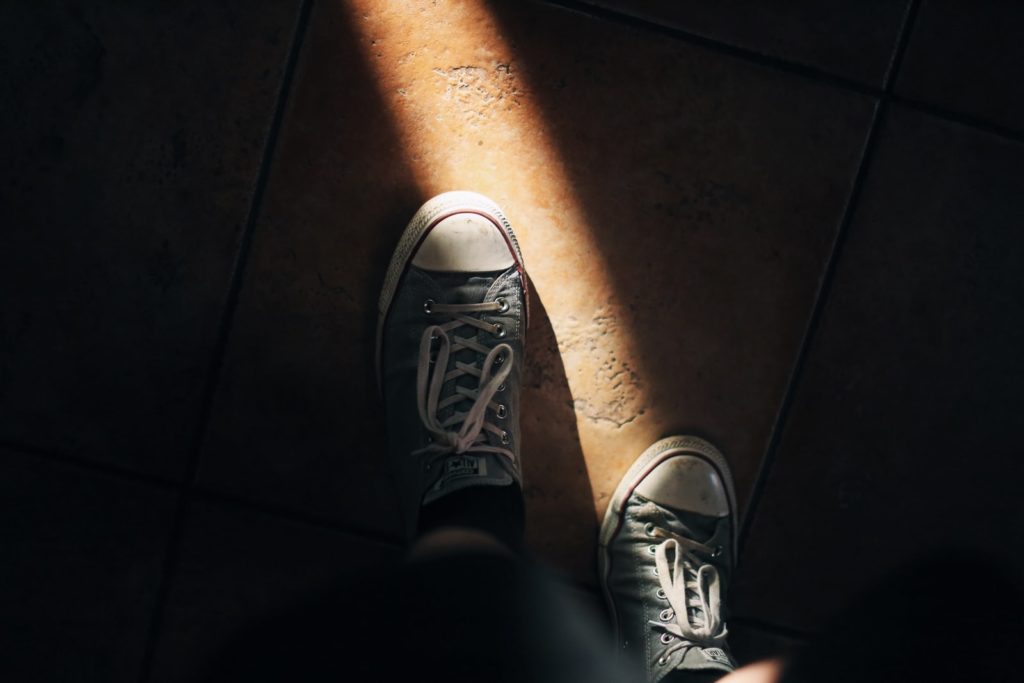
Avoid Randomness When Editing Your Own Photography
A quick look at a collection of photographs might give the impression that it’s simply a random grouping of good photos.
That is unlikely to be the case.
When it comes time for you to actually start curating your collection, be sure to consider the strength of each individual photo as well as how the photos work as a group.
All of the photos in a successful collection will have something in common other than just being good photos, whether it’s the aesthetic, the subject matter, the emotion — perhaps something more subtle, perhaps something more complex.
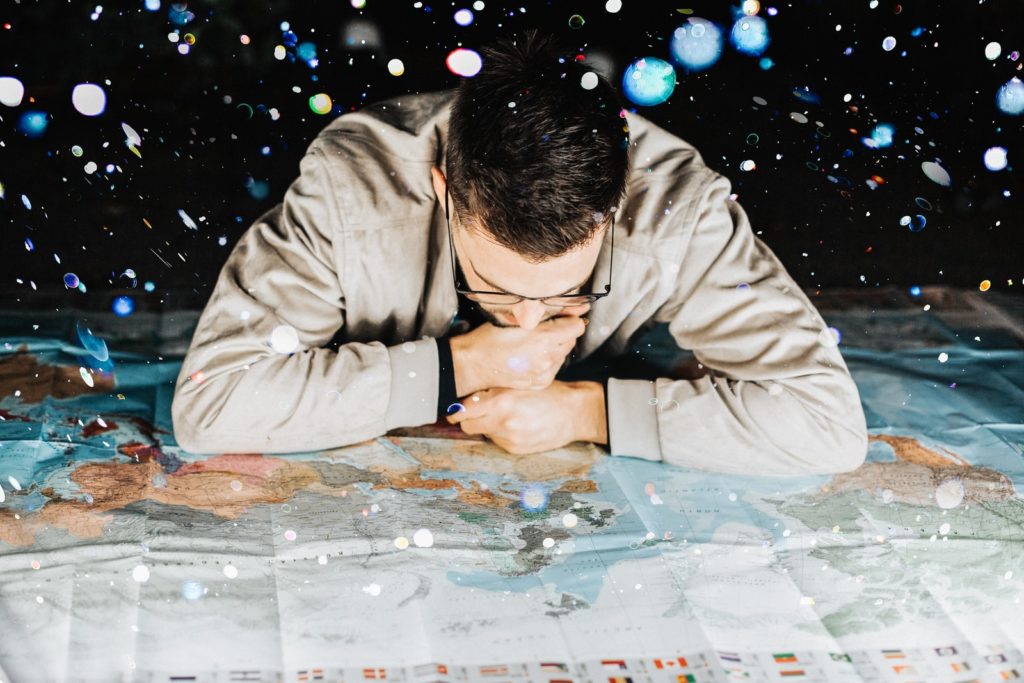
Get A Second Opinion
Reach out to someone who you know is at least as knowledgeable about photography as you are and ask them to critique the group of photos that you have put together. Be sure it’s someone whose opinion you respect and is going to give you an honest, dispassionate assessment of the work you’ve placed in front of them.
Think of this step as a safety net for when your best efforts at objectivity fail.
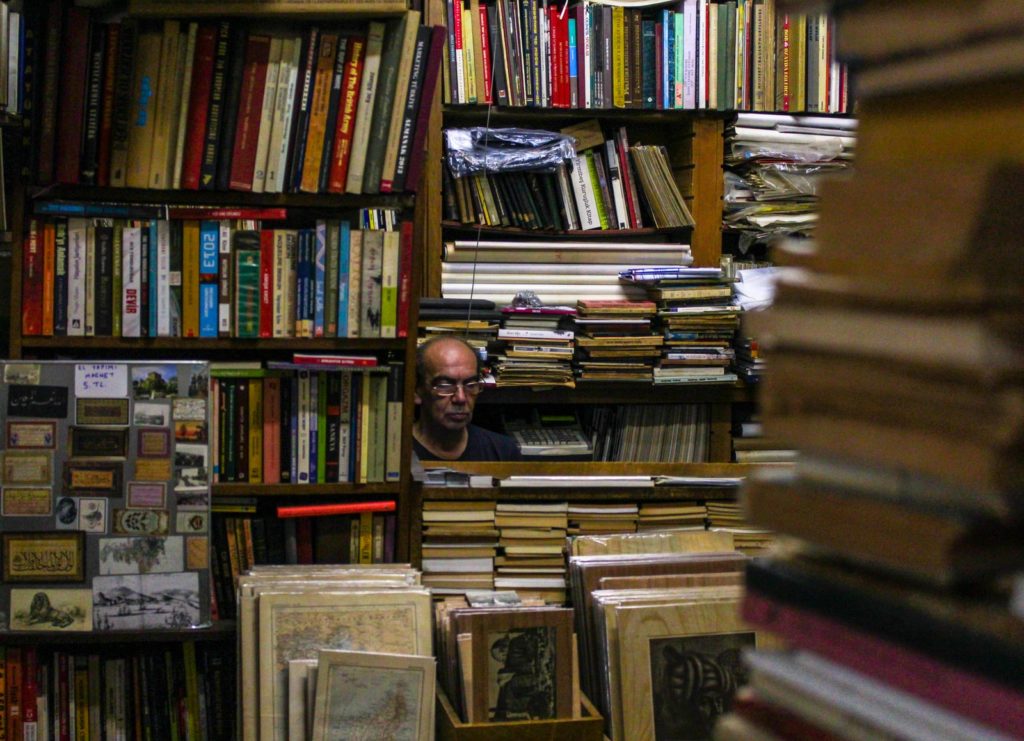
Keep Calm And Carry On
Don’t stake everything on one opinion or another. If you get glowing feedback from someone, take it in stride and get a third opinion. Of course, you run the risk of getting negative feedback next time — if so, think about what you heard from that person and consider how it might improve your work.
The most important thing you can do in self-editing is to learn to see your work the way others will see it.
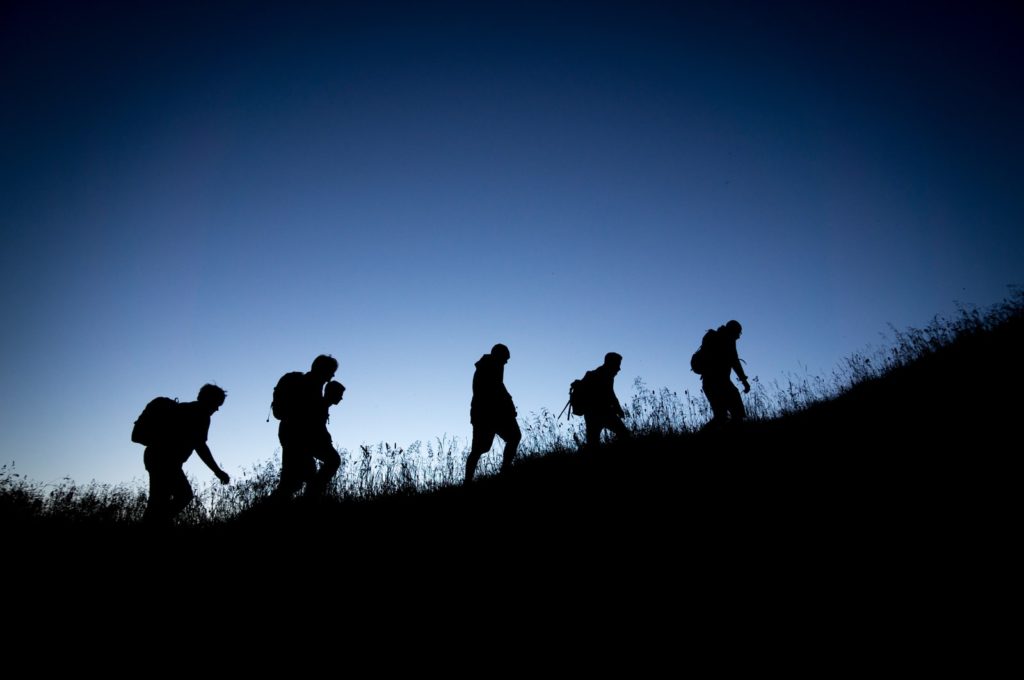
Final Thoughts On Editing Your Own Photography
Yes, overcoming the emotional ties to one’s own work is difficult. But learning to self-edit not only helps you create stronger photo collections, it’s a skill that also impacts the very images you make.
Once you’re better at identifying your strongest photos, you will become increasingly adept at actually shooting in a way that’s reflective of those strengths.

